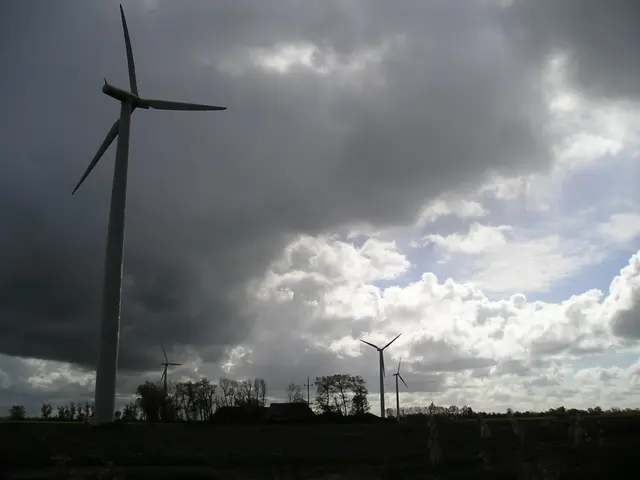Voluntary Carbon Market Sees Record Prices, Growing Demand for High-Quality Credits
The voluntary carbon market has witnessed significant shifts in 2025, with a growing demand for high-quality, permanent credits, particularly from forestry projects. This trend has led to record prices and a tightening market.
In Q3 2025, about 31.86 million tonnes of credits were retired, similar to the previous year, bringing the year-to-date total to 128.15 million credits. Notably, 57% of these credits were BB grade or higher, up from 52% in 2024, indicating an increase in the quality of credits being retired. This shift reflects companies' growing preference for credits that demonstrate real impact and measurable results.
The market has seen a decline in issuances, with 63.2 million credits issued in Q3 2025, down from 76.9 million in Q2. This decrease, coupled with increased demand, has created a tighter market, driving up prices. High-quality carbon credits reached record prices in late 2025, with afforestation, reforestation, and revegetation (ARR) credits hitting $24 per tonne in September, up from $14 at the start of the year.
Forestry projects, including those certified by Verra and demonstrated by Pachama, are in high demand due to their permanence and co-benefits. However, direct air capture plants, such as those operated by Climeworks, also offer permanence but come at a higher cost.
The voluntary carbon market, valued at $4.04 billion in 2024, is expected to grow significantly, reaching between $50-$100 billion by 2030. The increasing demand for high-quality, permanent credits, coupled with a decline in issuances, has created a tighter market and driven up prices. As companies seek to prove real impact and deliver measurable results, nature-based and renewable energy credits remain central to the market's growth, with carbon removal credits expected to expand even faster.
Read also:
- Hydrogen set to revolutionize India's space expeditions, transportation sector, and clean energy ambitions, according to ISRO Chairman's claims
- Strategic approach to eco-friendly nickel production for electric vehicles in Europe
- Solar energy company, Imperium, alongside QORAY Mobility & Energies Solar Business, bolsters Nigeria's environmental future by producing superior solar panels domestically and offering flexible payment options.
- AI Inspection Company, Zeitview, Secures $60 Million Funding for Expansion







